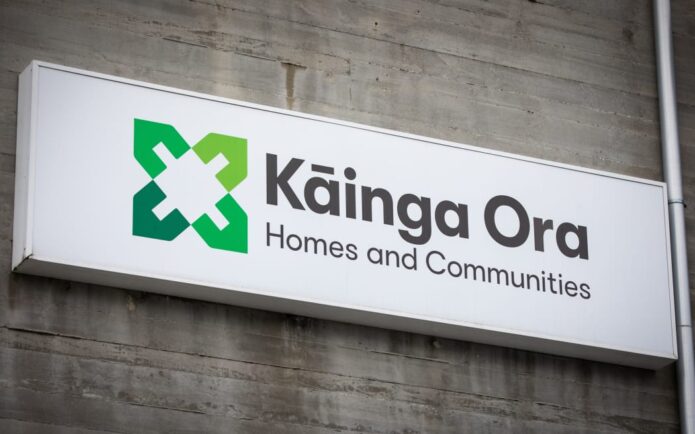PHOTO: The Global House Price Index by Knight Frank
Global House Price Index – Q1 2023
The Global House Price Index by Knight Frank monitors the progress of more than 50 primary housing markets across the globe, employing official data from Central Banks or National Statistic Offices in respective countries.
propertynoise.co.nz to launch real estate industry recruitment site
House prices worldwide are experiencing downward pressure as central banks aim to control inflation. According to the Knight Frank Global House Price Index, the average annual price growth in the 56 covered markets slowed to 3.6% in the twelve months leading to Q1 2023, down from 5.7% in the previous quarter. This represents the slowest annual rate of increase since Q3 2015, marking a decline from the peak growth of 11.1% in the year leading to Q1 2022, when global markets were booming after the pandemic.
Out of the 56 markets tracked, 17 recorded price decreases on an annualized basis, with eight of them experiencing a contraction of more than 5%. Additionally, 23 markets saw price declines during the most recent three-month period.
While the latest data indicates a significant slowdown in annual price growth, there was an improvement in quarterly growth. Global house prices contracted by 0.6% in the last three months of 2022 but experienced a 1.5% increase in the first three months of 2023. However, this reversal alone does not confirm an overall market improvement. It does, however, highlight that limited supply, constrained new housing construction, and strong household formation are factors supporting prices in many markets.
Real Estate Agents: Who has the lowest and highest fees? WATCH
When analyzing individual markets, Turkey led the ranking in the previous quarter, but its exceptional growth of 132.8% is largely attributed to rampant inflation. Despite recent monetary policy adjustments, a rapid decrease in inflationary pressures is unlikely. A 22% increase in house prices in Turkey during Q1 suggests further growth throughout the year.
Eastern and south-eastern European countries, such as North Macedonia (18.8%), Croatia (17.3%), and Hungary (16.6%), dominated the top of the rankings with strong annual growth. Singapore stood out in the Asia-Pacific region, experiencing 11.3% annual growth, partly due to tax policy changes targeting overseas buyers to curb rising prices. However, sufficient domestic demand has driven prices to new highs in Singapore, and efforts are being made to increase housing supply.
In the United States, prices increased by 1% in Q1. Despite worsening affordability, particularly in the growth markets of the southeast and southwest states, tight supply continues to support price growth.
SPONSORED: Looking for a real estate database from $99 plus gst? | SALE
On the other end of the spectrum, South Korea (-15.7%), New Zealand (-13%), Hong Kong (-10.3%), and Sweden (-8.8%) ranked at the bottom of the table. Although these markets face significant challenges, Hong Kong has shown signs of a tentative revival with positive quarterly growth of 1.4%.
While the outlook suggests that New Zealand may soon witness a rebound from the global housing slowdown and the US is performing better than expected, most markets still face various risks. Inflation remains a key concern, with core inflation persistently high in the UK, the US, and Europe. The anticipated decrease in interest rates may be further away than previously anticipated, potentially delaying the first rate cuts to the second half of 2024 in several major markets, which could impact transactions and market liquidity for at least 12 months.
CLICK TO SEE THE FULL REPORT HERE: Growth in global house prices falls
SOURCE: KNIGHT FRANK













